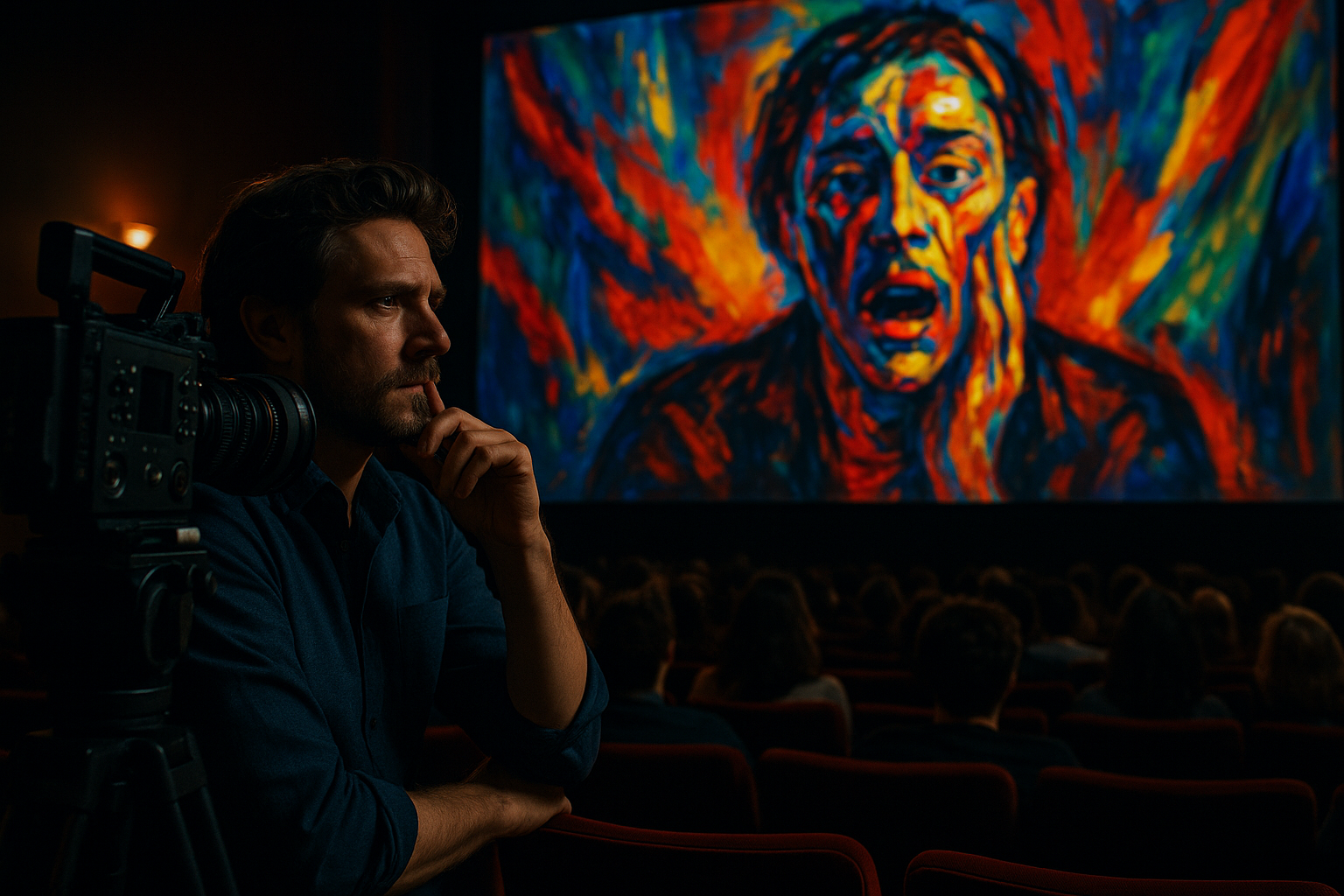The Unexpected Surge of Neo-expressionism in Contemporary Cinema
In an era of unprecedented technological advancement, a surprising artistic movement is making a bold statement in the world of film. Neo-expressionism, a style born in the late 20th century, is experiencing a resurgence, altering the visual and thematic landscape of contemporary cinema. This article delves into this unexpected development, offering a fresh perspective on the film industry's evolving artistic landscape.

The Roots of Neo-Expressionism
Neo-expressionism first emerged in the late 1970s and early 1980s, primarily as a reaction to the dominance of conceptual art and minimalism. It was a movement that sought to reintroduce emotion and individual expression into art. Characterized by intense colors, stark contrasts, and evocative, often distorted, imagery, neo-expressionism was as much about challenging the status quo as it was about self-expression.
A Revival on the Silver Screen
In recent years, this bold, evocative style has found its way into the realm of film. Directors are adopting the vivid colors, dramatic contrasts, and emotional intensity characteristic of neo-expressionism to convey narratives in new, profound ways. Films like “Parasite” and “The Shape of Water” are prime examples of this trend, using heavily stylized visuals to enhance their storytelling.
The Impact on Contemporary Cinema
The neo-expressionist movement in film is not just about aesthetics. Its revival represents a shift in the industry’s storytelling approach. The use of exaggerated visuals and emotive scenes allows filmmakers to communicate complex themes and emotions in an immediate, visceral way. This approach has resonated with audiences and critics alike, resulting in a series of critically acclaimed films that challenge the norms of traditional cinema.
The Significance of the Movement
The resurgence of neo-expressionism in contemporary cinema is significant because it represents a departure from the industry’s long-standing reliance on realism. It’s a bold move that defies the conventional wisdom of what constitutes a commercially viable film. This shift towards a more artistically driven approach to filmmaking might signify a broader change in the industry, with directors and studios willing to take more risks and break away from established norms.
The Reception and Future of Neo-Expressionism in Film
The response to this neo-expressionist revival in film has been overwhelmingly positive. Both audiences and critics have praised the creativity and visual richness of these films. Furthermore, the commercial success of these movies suggests that there is a viable market for this kind of filmmaking. As more directors explore this artistic style, the influence of neo-expressionism on contemporary cinema is likely to grow, heralding an exciting new era in film.
Neo-expressionism’s resurgence in contemporary cinema is a testament to the film industry’s dynamic nature. It’s a reminder that art is never static and always evolving, even in fields like film where commercial considerations often dictate creative decisions. This movement offers a fresh perspective on filmmaking, demonstrating the power of artistic innovation in captivating audiences and challenging the status quo.






